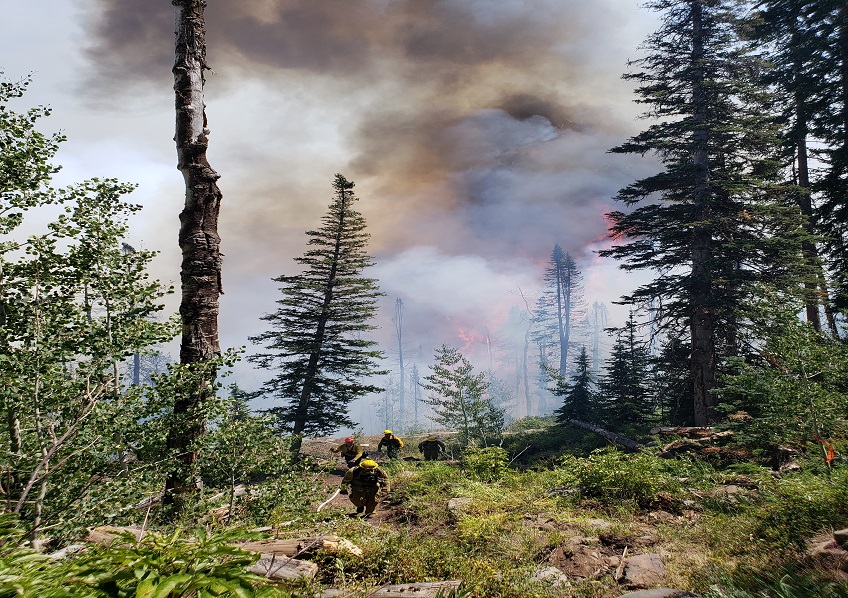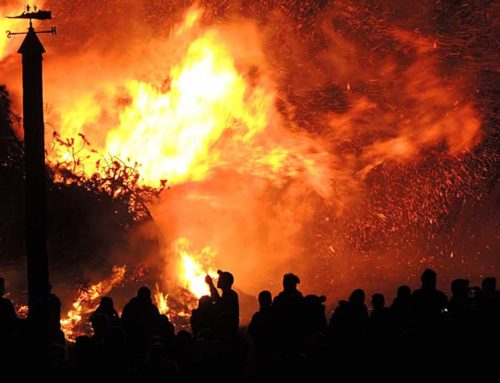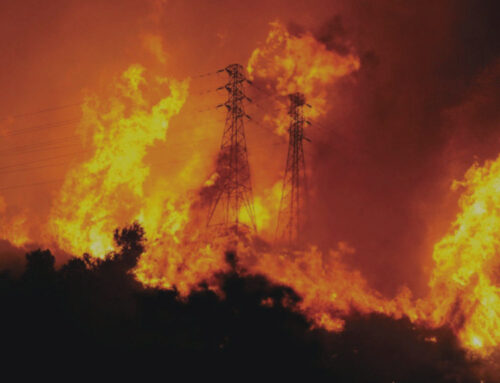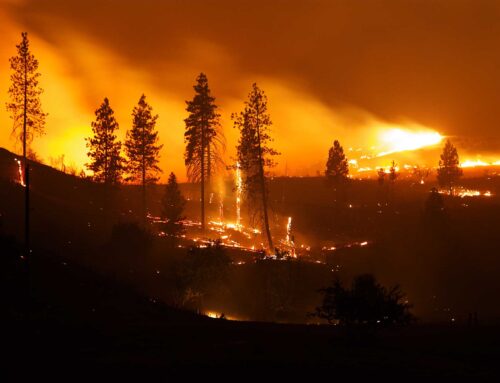Wildfire season 2018 has been raging in several states along western America; many of the fires have topped state records. As of August 30, 2018, the National Interagency Fire Center (NIFC) the National Preparedness Level 4 was announced. The wildfire preparedness level is on a scale from 1-5 with the highest level of preparedness as a 5. Additionally, the NIFC reports that as of September 6, 2018 there are 97 active large fires that encompasses 19,136,202 acres in 12 states.
- Alaska (14)
- Arizona (5)
- California (6)
- Colorado (8)
- Idaho (13)
- Montana (18)
- Nevada (6)
- New Mexico (1)
- Oregon (7)
- Utah (5)
- Washington (12)
- Wyoming (2)
NIFC is a coordinated center of the agencies listed below:
- Bureau of Indian Affairs
- Bureau of Land Management
- US Forest Service
- US Fish and Wildlife Service
- National Association of State Foresters
- National Park Services
The following is information intended to give resources for employers and the general public on the 3 main wildfire considerations:
- Preparedness
- Response
- Recovery
Preparedness
Employers are charged by the Occupational Safety and Health Act (OSH) of 1970 to protect the workers from working in a place of employment that may be hazardous or harmful to their wellbeing. The Occupational Safety and Health Administration (OSHA) requires employers to be prepared in an event of an emergency, through the Emergency Action Plan and Fire Prevention Plan requirements.
Wildfire preparedness must include preplanning with a team including, staff, contractors, and employees. Considerations for wildfire preparedness should include:
- A written emergency action plan and fire prevention plan
- Funding for emergency and business continuity
- Business continuity plan
- Heavy equipment operators and equipment
- Specific roles for each worker as it pertains to the emergency event
- Coordination with local fire departments and emergency management teams
- Advanced contracts with fire prevention and management companies.
- Coordinate with insurance companies for valuation of property and equipment prior to the event.
Practical preparations should be made to ensure the physical location is not susceptible to fire hazards. Steps to prevent a fire event at the facility include, but are not limited to:
- Cleaning up the grounds, roofs, and equipment of materials such as pine needs, leaves, branches and any accumulation of flammable materials
- Cut back limps of trees that extend within 10 feet smoke exhaust systems
- Monitor and control combustible materials and ignition sources
- Always have a clear escape route for workers or family members
- Store gasoline or flammable liquids in approved safety containers
- Keep propane tanks a safe distance away from buildings
- Cut back vegetation providing fuel for a fire from structures
- Keep all water hoses connected to water sources
Response
Wildfire response for employers would trigger the emergency action plan procedures for evacuations. The workers must be prepared to shut down any critical component and vacate the premises when instructed by the local authorities. Unlike small fires, using fire extinguishers are not effective when confronted with wildfires near the grounds.
Professional fire responders responding to wildfires are specially trained to conduct on the spot evaluations of the degree of hazards facing the business and community. They will have an incident commander and qualified staff to execute the response plan.
Some response activities will include, but are not limited to:
- Creating and developing site control zones
- Cold Zone for clean treatment
- Warm Zones for decontamination
- Hot Zones for containing the wildfire
- Fire suppression
- Structure stabilization
- Response for chemical releases
- Prevention of chemical releases
- Identifying smoldering material and extinguishing them before the fire can reignite
- Managing debris piles and unstable surfaces
- Confined space entries
- Heavy equipment operations
- Heat stress monitoring and treatment
Recovery
After the devastations of a wildfire there are elements of traumatic stress for all individuals involved. It is important the employer allows the workers an opportunity to have employee assistance programs and social workers available to help them cope with the post event.
Additionally, the post wildfire event will include cleanup efforts which must be conducted by trained professionals aware of indicators for fire damage. Understanding if an area is safe to walk or even breathe must be done through a risk and hazard assessment from a qualified individual or contract company.
This active 2018 wildfire season is keeping fire service professionals overextended in resources and manpower. Using a private fire service in the preparation stage of an event can provide skilled vulnerability assessments to ensure all facets of prevention and protection have been considered.
To learn more about Capstone’s scenarios we oversee and our qualifications for fire preparedness, visit http://capstonefire.com/wildland-fire-prevention-and-suppression/ or call 877.347.3312.




